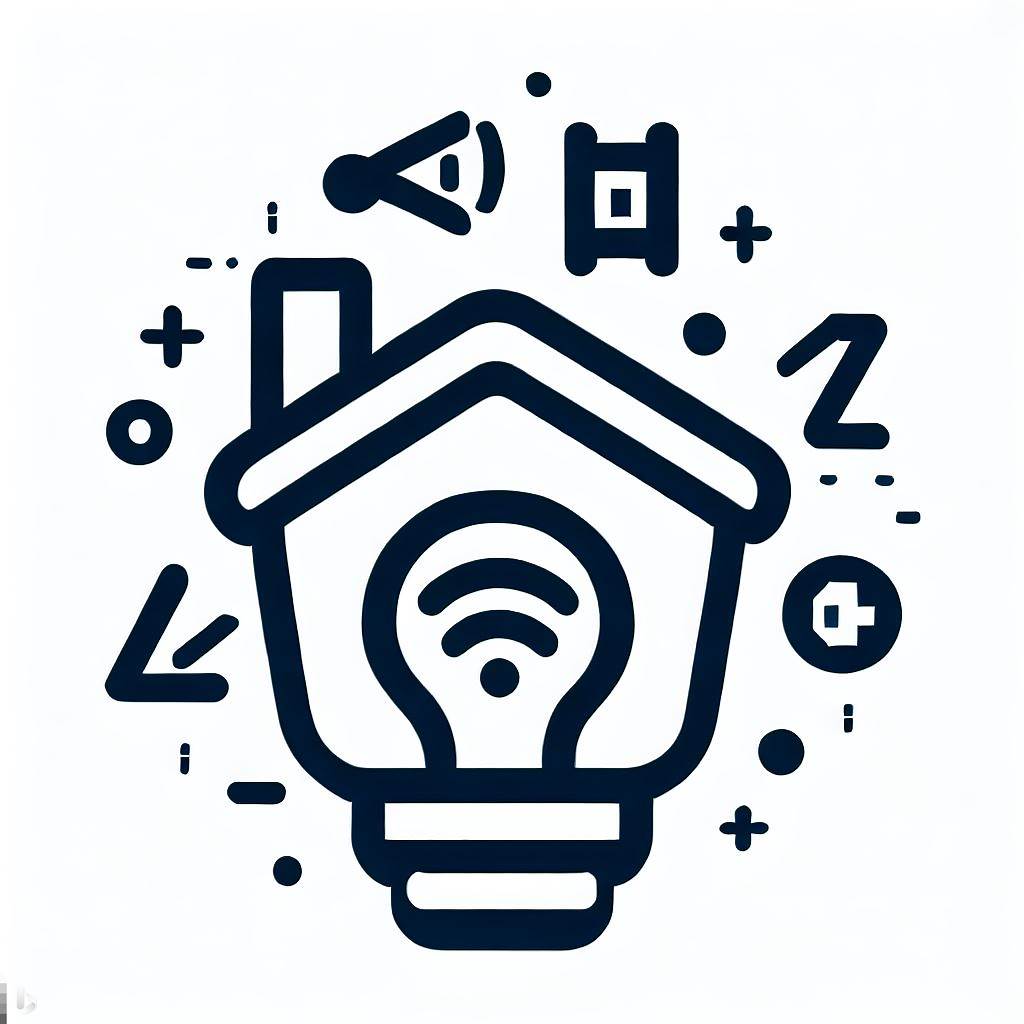

If it’s logs, there’s a package called log2ram - it’s designed for small form factor systems to reduce writes to SD cards but does apply anywhere you want to log but not hit disk immediately. It syncs logs to disk on a regular basis so you don’t lose much if the system crashes.





I do this with my desktop - I work from home so it’s really nice to have my PC ready by the time I get down to it. There’s a workday integration too, set your typical schedule and it’ll be true when it’s a workday - with a motion sensor as the trigger as my start time varies if I have meetings In the morning.
This is one of the first things I set up with HA for fun but the convenience is really nice.